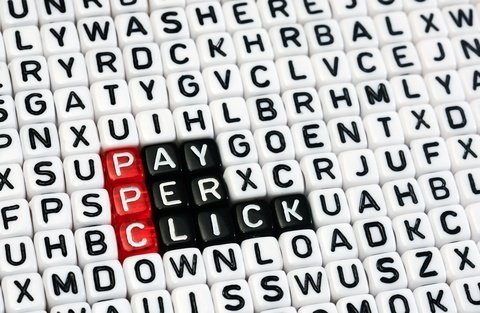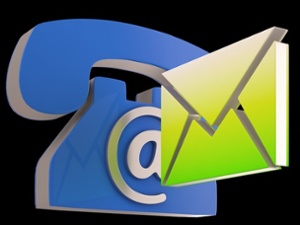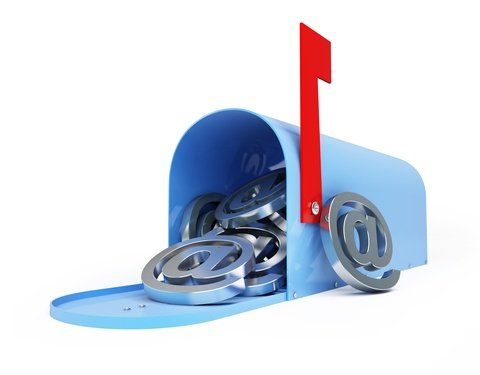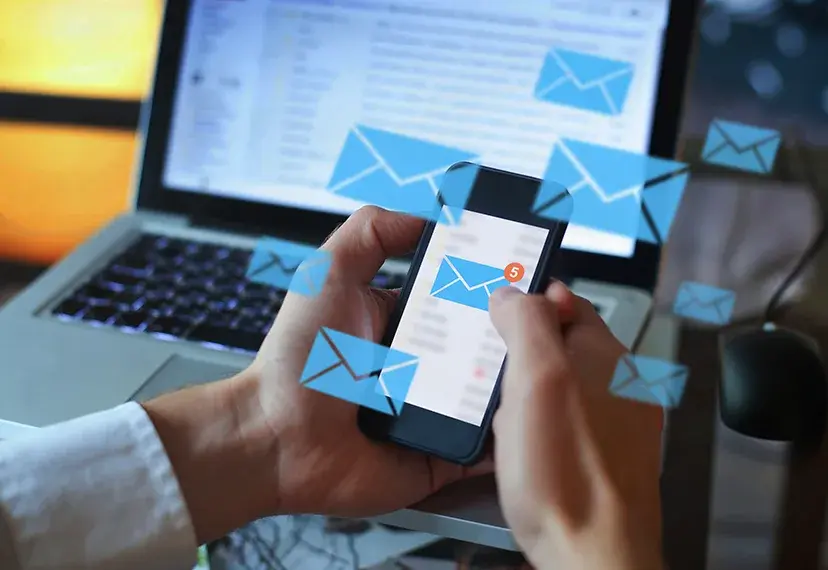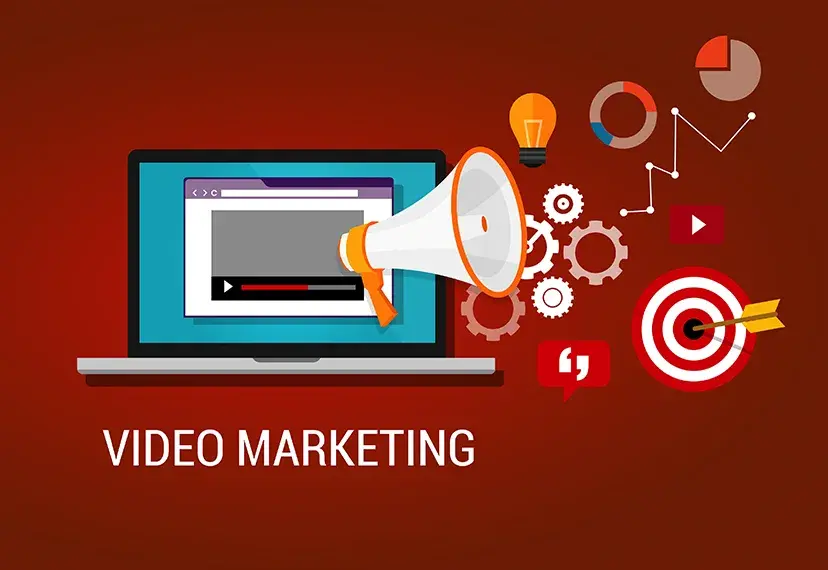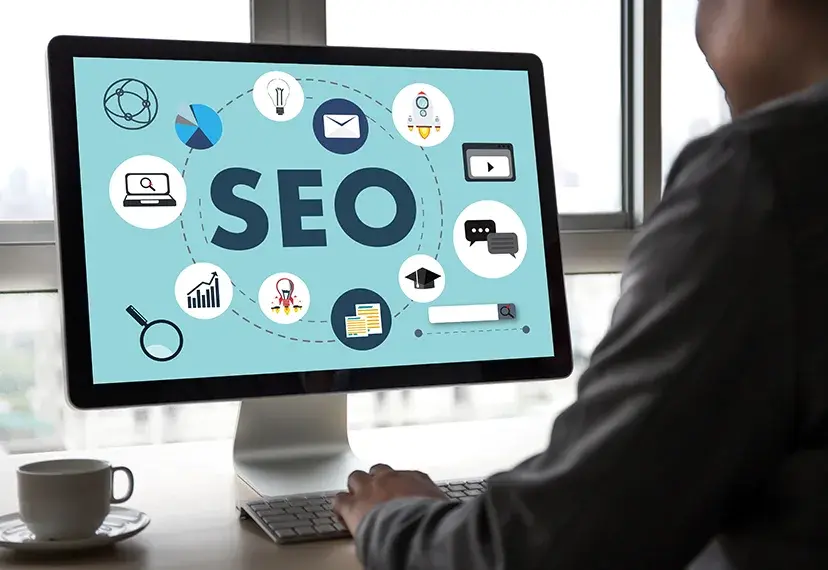How to run a Successful PPC Campaign
A PPC campaign is also known as a pay-per-click campaign, it is similar to an SEO campaign because they both involve search terms. The main difference between the two is that a PPC campaign can instantly guarantee your webpage to reach the top of the search engine results; but at a price.
With SEO campaigns, it takes a certain amount time for your content to reach the top of search engine rankings due to a numbers factors involved. SEO is not just about keywords anymore, it is about the quality of content which relate to the search terms. Therefore the higher standard of the content, the greater chances of reaching the top of the search engine results. The SEO method of getting to the top can be rather time-consuming but a PPC campaign is a quicker solution.
Online Lead Generation vs. Traditional Lead Generation
Online lead generation has allowed companies to obtain leads much more cost effectively than traditional lead generation activities.
The reason why online lead generation is much easier is because your customers are coming to you. Whereas, with traditional lead generation activities, you are directly contacting your customer. In today’s world of business, shouldn’t all companies be using online lead generation activities? Well you will be surprised at how many companies are still using traditional lead generation activities.
Why you should avoid buying an email list
Purchasing email lists has been commonly associated with traditional lead generation. An email list gives you a list of people you don’t know and you contact them to build up a relationship of sorts before then trying to sell your product or service.
The purchasing of an email list is a fast (but expensive) way getting a list of potential customers who you can directly approach. After all, that is what direct marketing is all about, but many people associate email lists with spam and phishing emails. These types of email tend to cause a great deal of inconvenience to your potential customers.
The Top 5 Ways to Gain Your Customer’s Email Address
Whether you are in business or running your own blog, having an email list shows your prospective customer how much of a loyal following you have.
Obviously, the bigger and more targetted the email list, the better. The people who have chosen to join your email list will be more inclined to open and read your email. Thanks to smartphones, it is now become a somewhat socially accepted habit to check our emails and social media accounts from the the moment we wake up. Even though email marketing is very effective, the question that is always on most people’s mind is how do we get a customer’s email address?
What are “Landing” and “Thank you” pages? How are they used on websites?
Surprisingly a “Landing” and “Thank you” page are vital to websites and most businesses.
A Landing Page
The definition of a landing page is “a webpage which serves as the entry point for a website or a particular section of a website”. Within Digital Marketing and advertising a ‘landing page’ is commonly referred to as being a standalone webpage. It is distinct from the main website. A landing page is a web page that a visitor can “land” on or arrive at. It has been designed for a single focused objective and commonly follows a ‘Call to Action’. A landing page whilst standalone is still part of a website.
Can you imagine life without social media!
Social media has taken over the lives of many people, with a large majority spending more hours than is probably necessary in an average day on Facebook, Twitter, and Instagram just to name a few of the social sites. For many it is an addiction or maybe more of a habit and the love and need to post on a regular basis or read other people’s posts have taken over their lives. So how would those social junkies cope if it all came to a sudden and abrupt halt!
Using Facebook Advertising to Find New Leads
Facebook has over 1.2 billion monthly active users and it have become a great way to gain leads for your business. Facebook advertising is still relatively cheap compared to other methods.
Since Facebook’s introduction to the World Wide Web, we have seen Facebook evolve from a platform that was used by University/College students to keep in touch their friends to a marketing platform where users can interact with each other.
How to Email Perspective Clients
Building an email list is one thing, but sending an email to a perspective customer is totally different.
When you send an email to your email list that you have built from scratch, your reader will be more inclined to open your email because they’ve chosen to receive your email.
When you send an email to a perspective customer, they will be hesitant to open your email because they simply don’t know who you are and your perspective customer may already know that you have purchased an email list to obtained their details. This may even irritate your perspective customer.
How to Get Leads using YouTube
YouTube is incredibly popular for entertaining those with a few spare minutes, but more recently it's become a useful broadcast platform for businesses. How To video's and informational pieces have helped businesses reach a wider audience. Educational videos are a great
How to Use SEO for Lead Generation
Before we go into SEO and lead generation, we want to share some interesting statistics:
- There are over 100 billion searches that are made on Google each month
- Of those 100 billion monthly searches, 1.17 billion of them are unique
- More than half the overall searches are made on a mobile phone.
This is the reason why SEO is still an integral part of online lead generation, when people are searching they are much more likely to be looking to buy.
That is what SEO is all about. SEO (Search Engine Optimisation) is all about creating content which correlates to what your readers (or customers) are looking for on a search engine.



